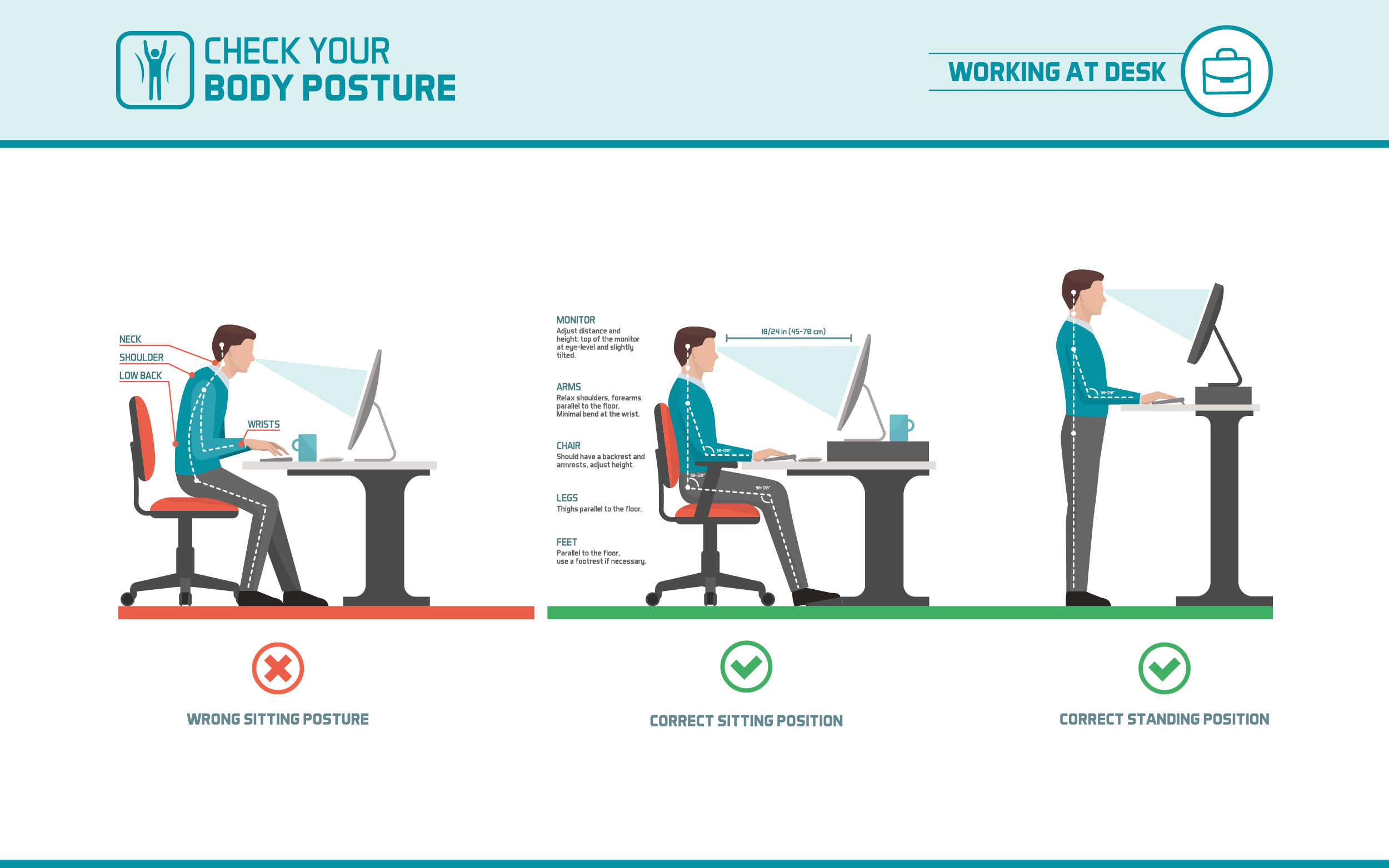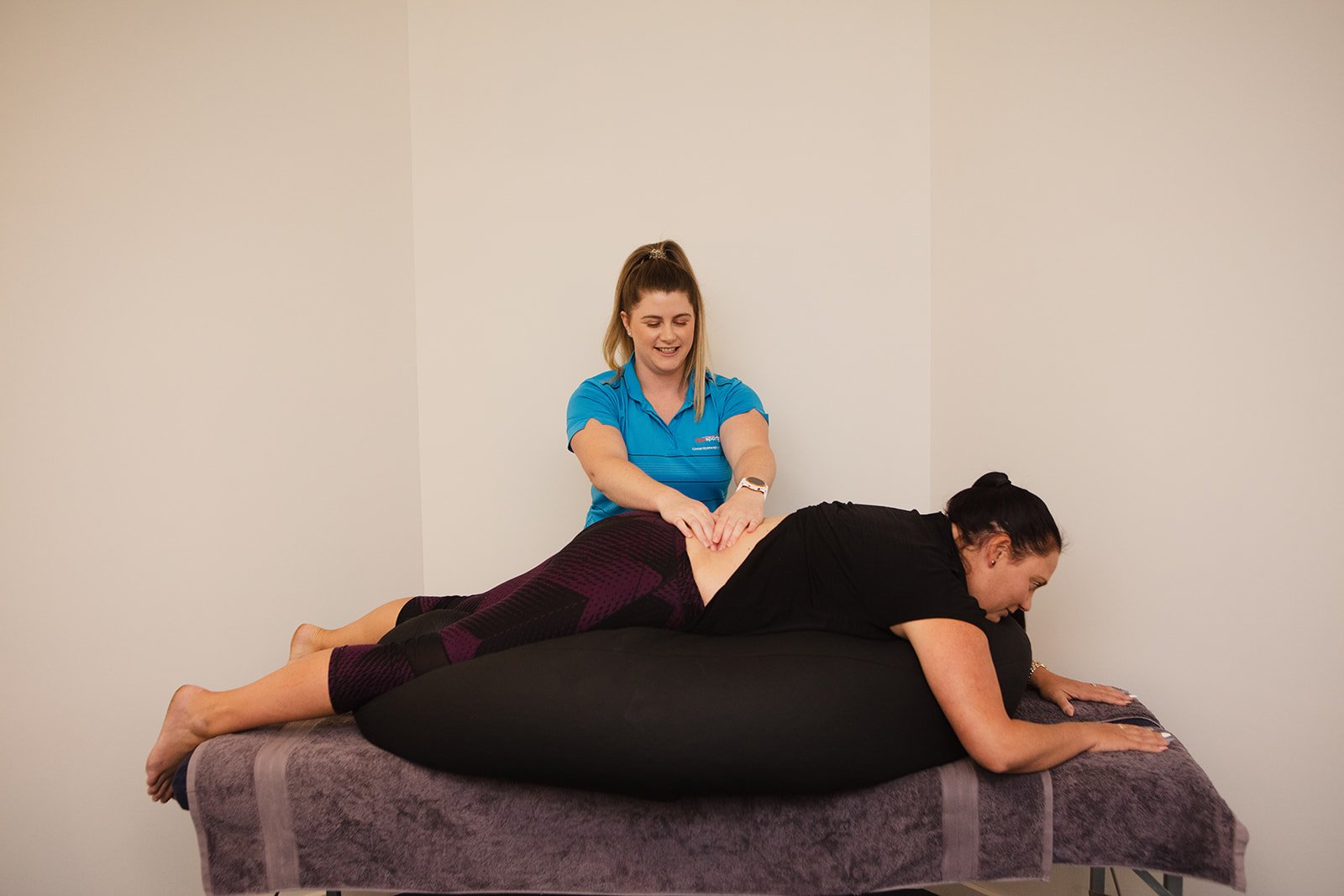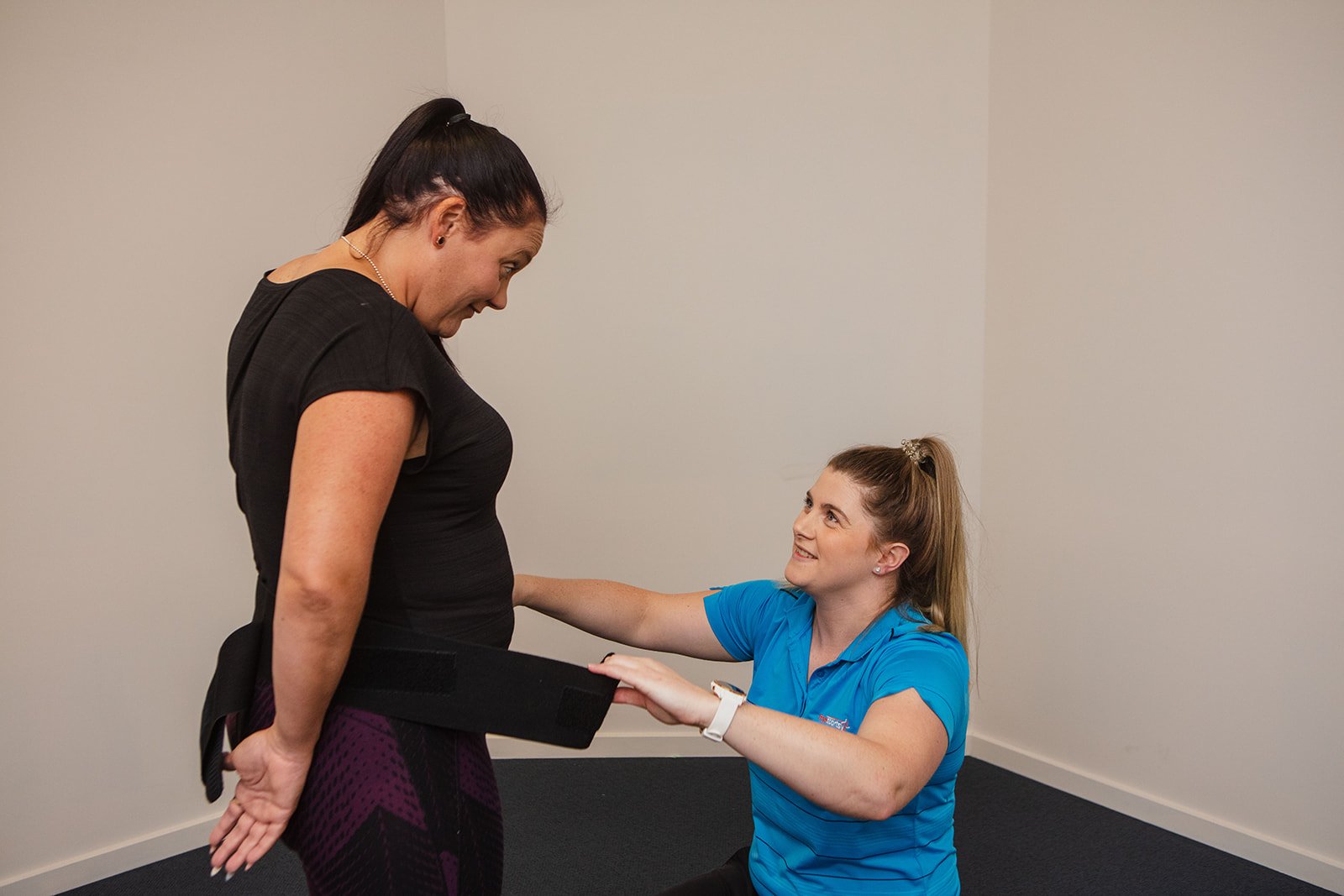So the inevitable has occurred and here we are, heading back into lockdown 2.0, which for many of us here in Mildura, we are returning home to work if we can and the students of Victoria also. The first time around may have brought about many aches and pains, particularly of the neck, shoulders and mid-back, due to a bit of an unideal set up, combined with the extra stress levels that might have also been brought about for some. Sound familiar?
Here are some tips and tricks to ensure that you don’t end up with a desk related injury from having to move your office and your kids schooling home.
Stand up Desk- If you have the option to- ask your boss to take the stand up desk home (if this is the small, portable kind). Alternatively, if you want one anyway and can afford to – the likes of Officeworks stock these. This will allow you to change your positioning as needed and help prevent the aches and pains that may result from sitting for too long. The human body is designed to change positions often and generally, most of us are better off standing up, as it is more natural to the body. The idea of a sit to stand desk, is that you change the positioning of it when you feel you notice your posture becoming “lazy”. By this I mean you feel yourself starting to slump in your chair or when standing, you start leaning into one hip for example. If this is not a convenient solution, move the desk up and down every hour or so to ensure the body is getting the best of both.
Computer positioning and desk set up– If the sit to stand desk is not an option, you need to ensure you have your laptop/ computer screen at eye level where possible and directly in front of you. This means the top of the screen should be in line with your eyes. Use whatever you have around the house, some old thick books (old textbooks, encyclopedia’s etc) or a box, a small filing system/document holder that might sit on top of your desk, are all great to prop that screen up to eye level. This prevents any head tilt that can cause neck pain. If you find you are straining your neck forwards to see the screen- zoom in on the screen where possible or bring the whole lot closer to you. If working from a laptop and the keyboard is the issue, you can purchase for a reasonable price a separate keyboard from any office stationary shops (most of them anyway). They are worth the investment! If you cannot do this- tilt the laptop screen to the best position for your eyes to minimise the neck strain. Multiple screens make the situation that bit more tricky- the suggestion here is to ensure that you put the one you use the most directly in front of you and the second screen along side it. If you go between the two all the time, put them side by side and when you can, shift your whole body to face the screen you are focusing on at the time- this also prevents neck issues.
Keyboard alignment- If your keyboard is separate to your screen it should be directly in line with the screen if possible. The letter “H” is around the centre point, use this as your marker and align this with the centre of your screen. If you predominantly use the numbers, position this side of the board more to the centre and move across accordingly.
Phone alignment- In this day and age, most of us are using mobiles for work, particularly if co-workers or clients/patients etc are needing to be contacted. If this is the case and you are on the phone a lot, this can cause us to tilt the head to the side that we answer the phone on, particularly if we are trying to multi-task (often using the computer). This slight head tilt, repeated over and over will cause muscle tension of that same side (most often) and can build up to niggles and sometimes quite debilitating pain. The solution- a head set if possible. Otherwise if this is not available, try to keep the head neutral whilst on the phone and prevent the strain on the neck.
Desk seating- If you can, a desk chair that swivels, lifts up and down, tilts forwards and back and has wheels is the ideal chair to work from. This is to ensure that you are up high enough to let the arms rest on the desk at approximately 90 degrees, the back should also be around 90 degrees with the legs, and feet flat on the floor. This prevents neck and back strain and ensures that the hips stay aligned with the knees. If the desk is too high and the feet cannot touch the floor, that is okay- adjust the best you can. Foot stools can also be used to address this issue. If the knees are elevated above hip level (usually the chair is too low in this position) this will likely cause hip flexor, quad and glute muscle issues. Bring the chair up to ensure the correct positioning.
Take regular breaks where possible! This is the best thing to do- to change your position up, reduce stress and get some movement into the body (as well as keeping our sanity).
At the end of the day, stretch, do some foam rolling and use the spikey ball through the neck, shoulders, hips and back if you have those at home, to help reduce any built up tension which will also help reducing stress levels at the same time- Win, Win!
If there are niggles that are persisting, that you want addressed before they become quite debilitating or if this is already the case, pop on in to your desired therapist to assist you with these, you can have a chat with them about your desk ergonomics, as well as give you a plan to help minimise pain in the future!

Image source: https://healthandbalance.com.au/workstation-desk-posture-ergonomics/












